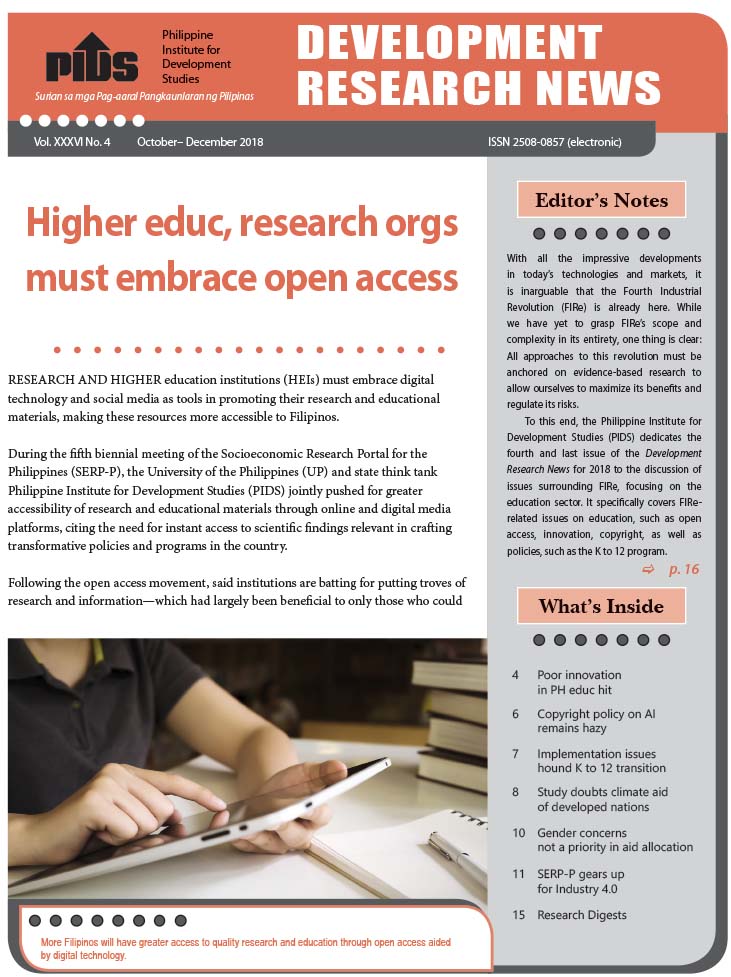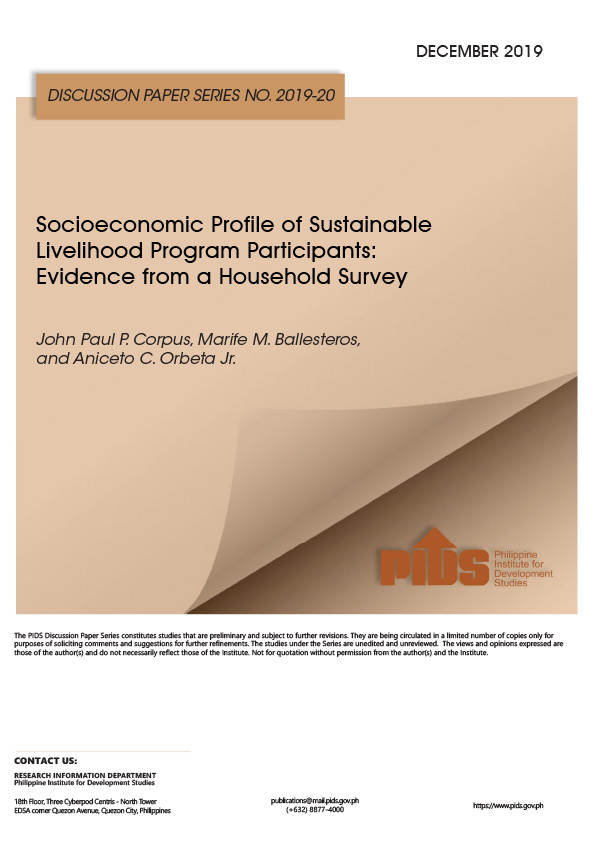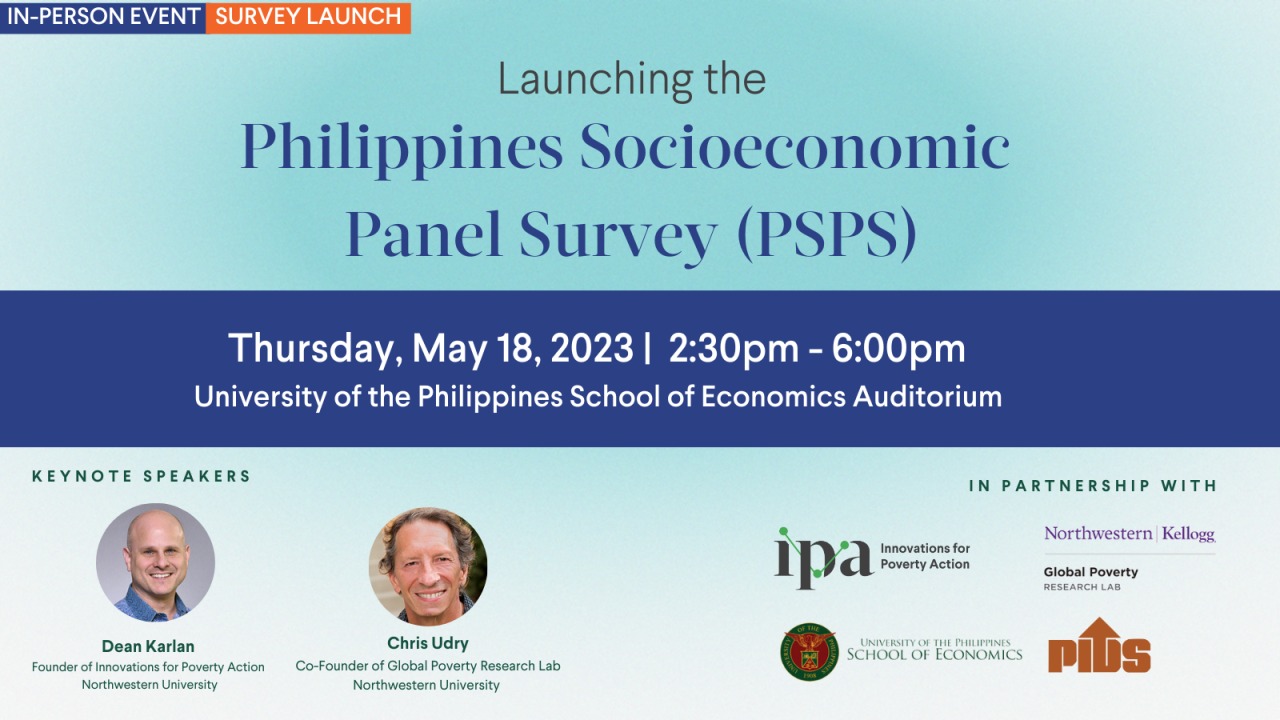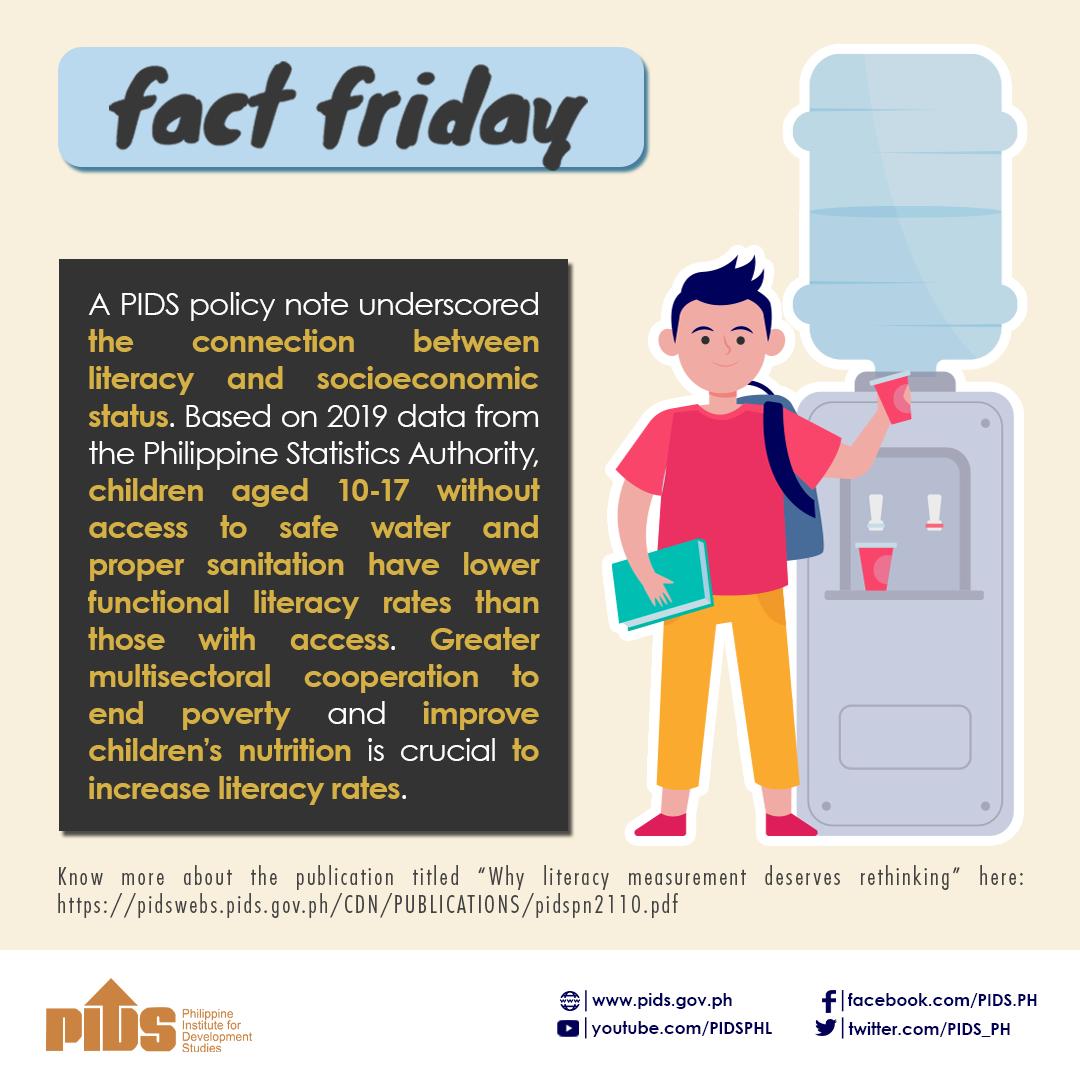Senators on Thursday urged the National Economic Development Authority (NEDA) to come up with a simpler economic classification system so policy makers will not be confused over the technical terms used by the government to identify supposedly poor and rich households.
During a Senate finance committee hearing for NEDA’s P11.17-billion budget for 2021, Sen. Juan Edgardo “Sonny” Angara said it is imperative that the government comes up with a unified economic classification mechanism so it can correctly target the poor families in the country that are supposed to be rightful beneficiaries of the government’s cash assistance program.
Angara pointed out the Department of Social Welfare and Development (DSWD) is projecting that the poor households in the country could increase to 20 million next year.
“We want to know how to target our policies better,” Angara told
National Statistician Claire Dennis Mapa explained that there are officially three million poor families in the Philippines, equivalent to 17.67 million individuals. An individual who earns below P25,000 for the whole year is considered poor but a family earning below P126,000 per year is also poor.
In 2018, the Philippine Institute for Development Studies (PIDS) an attached agency of NEDA, classified family income by “low income but not poor,” “lower middle income,” “middle, middle income,” upper middle income,” “upper income but not rich,” and “rich.”
When Angara asked what the government’s definition of middle class is, Mapa said the Philippine Statistics Authority (PSA) unfortunately, “do not have such definition” and only recognizes “poor” and “non-poor.”
“But that’s a whole deep sea. That’s like saying we’ll survey the whole Pacific Ocean if you say there’s only poor and non-poor,” Angara argued.
Socio-economic planning secretary Karl Kendrick Chua, who was part of the government’s task force for COVID-19 and who was involved in the preparation for the distribution of the social amelioration program (SAP), said the 18 million families they considered as beneficiaries were those minimum wage earners and low-income earners.
“Because, we felt they had no other social protection. They had no paid sick leaves or whatever or social security protection,” Chua stressed.
Senate minority leader Franklin Drilon then suggested to Chua to adopt a simpler classification similar to what the Pulse Asia and Social Weather Station (SWS) does when it classifies socio-economic status or family income to A-B-C-D and E.
“I’m a little confused at all these classification, can we not have a simpler classification with some qualification? So that instead of saying, low income, poor, non-poor, near-poor..it’s difficult to observe all of these and craft policies that could address specific sectors,” Drilon pointed out.
“Others can come up with economic classifications of A-B-C-D-E—we’re used to that. Why can we not come up with a more precise definition subject to classification similar to what these surveyors would do? Isn’t that possible?” he added.
“Let’s have a more understandable classification. Hindi naman kaming lahat statistician sa Kongreso eh (not all of us in Congress are statisticians),” Drilon also stressed.
Chua, in response, said they will address the confusion and discuss it with the PSA Board ”to see if we can come up with something official so moving forward the definition will be consistent.”
During a Senate finance committee hearing for NEDA’s P11.17-billion budget for 2021, Sen. Juan Edgardo “Sonny” Angara said it is imperative that the government comes up with a unified economic classification mechanism so it can correctly target the poor families in the country that are supposed to be rightful beneficiaries of the government’s cash assistance program.
Angara pointed out the Department of Social Welfare and Development (DSWD) is projecting that the poor households in the country could increase to 20 million next year.
“We want to know how to target our policies better,” Angara told
National Statistician Claire Dennis Mapa explained that there are officially three million poor families in the Philippines, equivalent to 17.67 million individuals. An individual who earns below P25,000 for the whole year is considered poor but a family earning below P126,000 per year is also poor.
In 2018, the Philippine Institute for Development Studies (PIDS) an attached agency of NEDA, classified family income by “low income but not poor,” “lower middle income,” “middle, middle income,” upper middle income,” “upper income but not rich,” and “rich.”
When Angara asked what the government’s definition of middle class is, Mapa said the Philippine Statistics Authority (PSA) unfortunately, “do not have such definition” and only recognizes “poor” and “non-poor.”
“But that’s a whole deep sea. That’s like saying we’ll survey the whole Pacific Ocean if you say there’s only poor and non-poor,” Angara argued.
Socio-economic planning secretary Karl Kendrick Chua, who was part of the government’s task force for COVID-19 and who was involved in the preparation for the distribution of the social amelioration program (SAP), said the 18 million families they considered as beneficiaries were those minimum wage earners and low-income earners.
“Because, we felt they had no other social protection. They had no paid sick leaves or whatever or social security protection,” Chua stressed.
Senate minority leader Franklin Drilon then suggested to Chua to adopt a simpler classification similar to what the Pulse Asia and Social Weather Station (SWS) does when it classifies socio-economic status or family income to A-B-C-D and E.
“I’m a little confused at all these classification, can we not have a simpler classification with some qualification? So that instead of saying, low income, poor, non-poor, near-poor..it’s difficult to observe all of these and craft policies that could address specific sectors,” Drilon pointed out.
“Others can come up with economic classifications of A-B-C-D-E—we’re used to that. Why can we not come up with a more precise definition subject to classification similar to what these surveyors would do? Isn’t that possible?” he added.
“Let’s have a more understandable classification. Hindi naman kaming lahat statistician sa Kongreso eh (not all of us in Congress are statisticians),” Drilon also stressed.
Chua, in response, said they will address the confusion and discuss it with the PSA Board ”to see if we can come up with something official so moving forward the definition will be consistent.”









